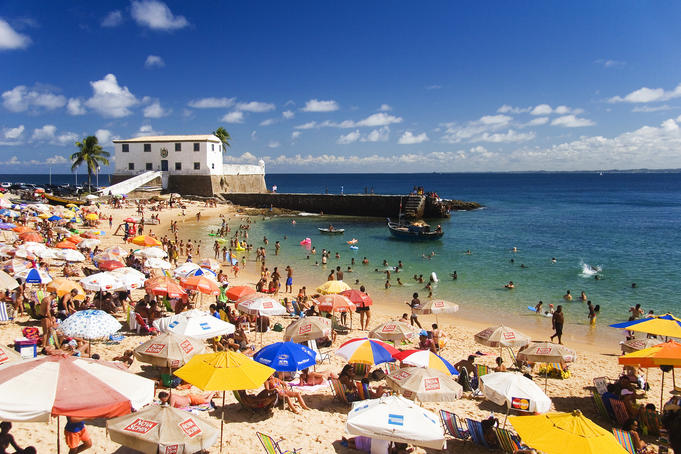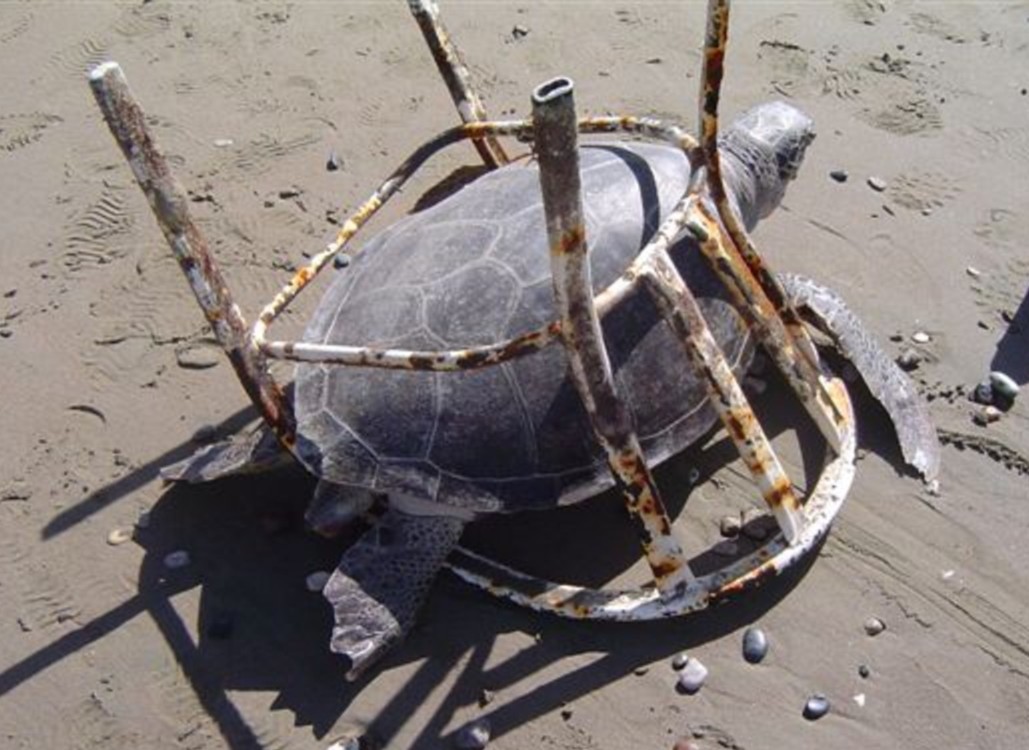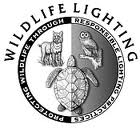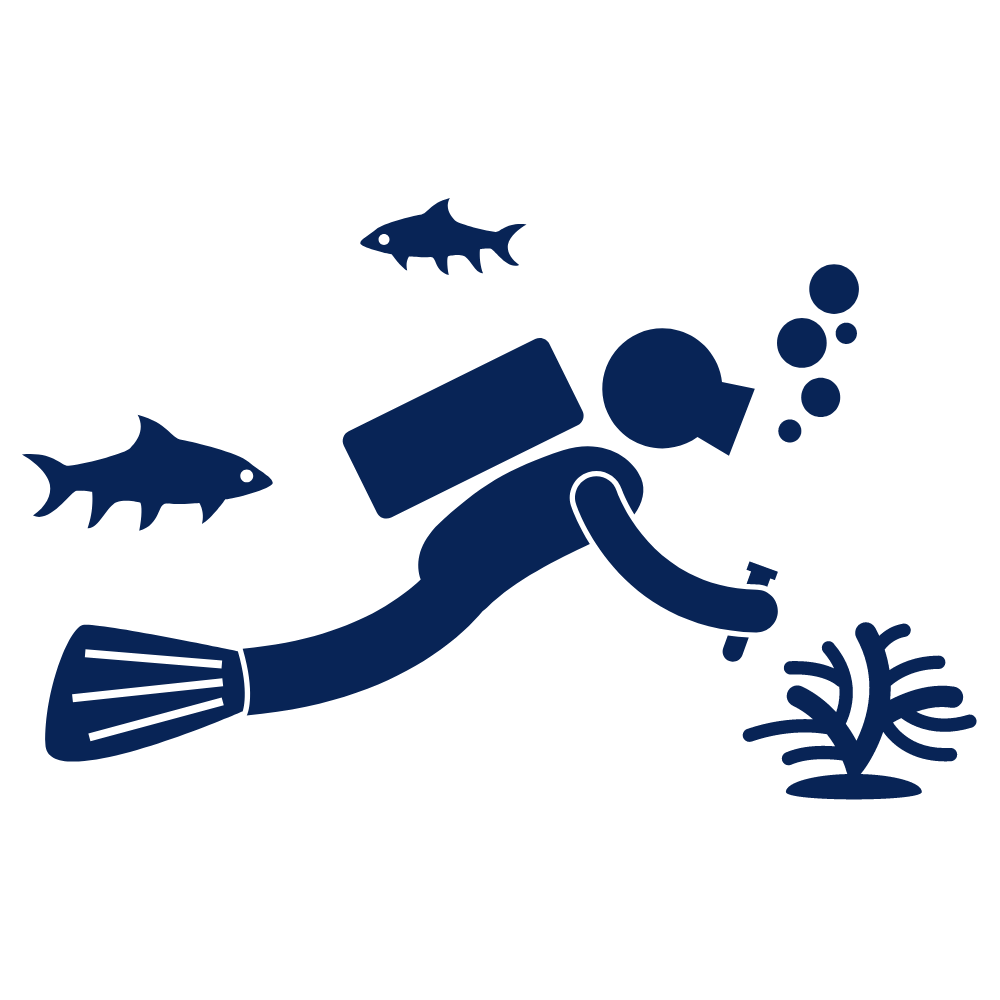Posted by admin | 02.27.2013 | Turtle Talk
What’s Your Wavelength?

When summer roles around thousands of people flock to the coast. As temperatures rise, the time to smear on the zinc, hit the waves, and soak up some rays has begun. The typical “day at the beach” usually involves some combination of comfy lounge chairs, colorful umbrellas, buckets of beach toys, ice-packed coolers, towering sandcastles, sandy boogie boards, and soaked towels. After a long day in the saltwater there is nothing better than flipping on the porch lights and relaxing on the deck while listening to the waves as the moon sets over the ocean.
Sounds like a wonderfully relaxing beach vacation, right? Unfortunately our idea of a perfect summer day can create some significant obstacles for both nesting sea turtles and new born hatchlings.

In the southeastern United States nesting and hatching season runs from May to October. Human activity in beach towns increases significantly during the summer which has resulted in some major obstacles for these endangered animals. Everyday beach-going activities such as leaving lounge chairs out over night or digging large holes in the sand create hazards for nesting females. Adult turtles often become entangled or trapped by beach debris resulting in distress, physicals injury, and death.
 Hatchlings, though smaller in size, face a different set of obstacles. The instincts of new born turtles compel them to seek out the brightest horizon. The night sky and moon are reflected off the ocean making the sea naturally bright. Sea turtles deepened on light cues to set them safely in the correct direction this sea-finding ability is essential to survival and should lead them directly to the safety of the waves. However, the artificial lighting of coastal communities and waterfront housing are inadvertently signaling the new born turtles to scurry in the completely wrong direction. Shorter wavelengths of light (like those given off by everyday light bulbs) are similar enough to the light reflected off the ocean that they confuse adult and hatchlings alike. On the other hand longer wavelengths of light are far less disruptive to sea turtles and appear dark yellow (amber) or red to the human eye. Continued use of unsafe beach front lighting will impact the overall survival rate of hatchlings and discourage nesting females from coming ashore.
Hatchlings, though smaller in size, face a different set of obstacles. The instincts of new born turtles compel them to seek out the brightest horizon. The night sky and moon are reflected off the ocean making the sea naturally bright. Sea turtles deepened on light cues to set them safely in the correct direction this sea-finding ability is essential to survival and should lead them directly to the safety of the waves. However, the artificial lighting of coastal communities and waterfront housing are inadvertently signaling the new born turtles to scurry in the completely wrong direction. Shorter wavelengths of light (like those given off by everyday light bulbs) are similar enough to the light reflected off the ocean that they confuse adult and hatchlings alike. On the other hand longer wavelengths of light are far less disruptive to sea turtles and appear dark yellow (amber) or red to the human eye. Continued use of unsafe beach front lighting will impact the overall survival rate of hatchlings and discourage nesting females from coming ashore.
 Hatchlings that become disoriented after boiling out of the nest have a reduced survival rate as they deplete their reserve energy. After emerging from the sand hatchlings must complete a 30 to 60 mile journey into open-ocean and the safety of the floating algae beds. Shore front lighting confuses these tiny turtles causing them to waste precious energy scrambling around the beach. This increased exposure time results in predation, exhaustion, dehydration, and death. Disoriented hatchlings will continue to crawl in the wrong direction until they find water, are rescued, or most often until they die.
Hatchlings that become disoriented after boiling out of the nest have a reduced survival rate as they deplete their reserve energy. After emerging from the sand hatchlings must complete a 30 to 60 mile journey into open-ocean and the safety of the floating algae beds. Shore front lighting confuses these tiny turtles causing them to waste precious energy scrambling around the beach. This increased exposure time results in predation, exhaustion, dehydration, and death. Disoriented hatchlings will continue to crawl in the wrong direction until they find water, are rescued, or most often until they die.
 Fortunately fixing this issue can be easy and inexpensive. Unfortunately most people are unaware that they contribute to the problem in the first place. Cities and towns could choose to enact public ordinances regulating waterfront lighting during the nesting season, in fact many do. However, enforcing these laws and fines has proven to be difficult without concrete monitoring protocols and personnel.
Fortunately fixing this issue can be easy and inexpensive. Unfortunately most people are unaware that they contribute to the problem in the first place. Cities and towns could choose to enact public ordinances regulating waterfront lighting during the nesting season, in fact many do. However, enforcing these laws and fines has proven to be difficult without concrete monitoring protocols and personnel.
 Education and awareness is likely to have the most significant impact on disruptive artificial lighting. Owners of beach homes should replace outdoor bulbs with certified turtle safe lights (look for the Certified Wildlife Lighting decal). Hotels and walkways should be lighted with low and shielded safety lighting. A simple light shield can direct light to illuminate specific areas and will decrease overall light pollution. The general public can work with local political leaders and conservation groups to increase awareness of this issue in coastal communities. Even when vacationing at a hotel or resort people can point out the lack of turtle safe lighting by mentioning it to the front desk or emailing the corporate office.
Education and awareness is likely to have the most significant impact on disruptive artificial lighting. Owners of beach homes should replace outdoor bulbs with certified turtle safe lights (look for the Certified Wildlife Lighting decal). Hotels and walkways should be lighted with low and shielded safety lighting. A simple light shield can direct light to illuminate specific areas and will decrease overall light pollution. The general public can work with local political leaders and conservation groups to increase awareness of this issue in coastal communities. Even when vacationing at a hotel or resort people can point out the lack of turtle safe lighting by mentioning it to the front desk or emailing the corporate office.
Reaching out can make a significant difference. Most people approached about their incompliance to safe artificial lighting laws are happy make the necessary changes to their homes. Beach adjacent lighting has the potential to devastate entire nests of sea turtles; fortunately this is one issue that can be solved with the simple flick of a switch.



 Marine Bio
Marine Bio SCUBA
SCUBA Travel
Travel School Groups
School Groups Sign Up
Sign Up CONTACT
CONTACT CAMPS
CAMPS ABOUT
ABOUT